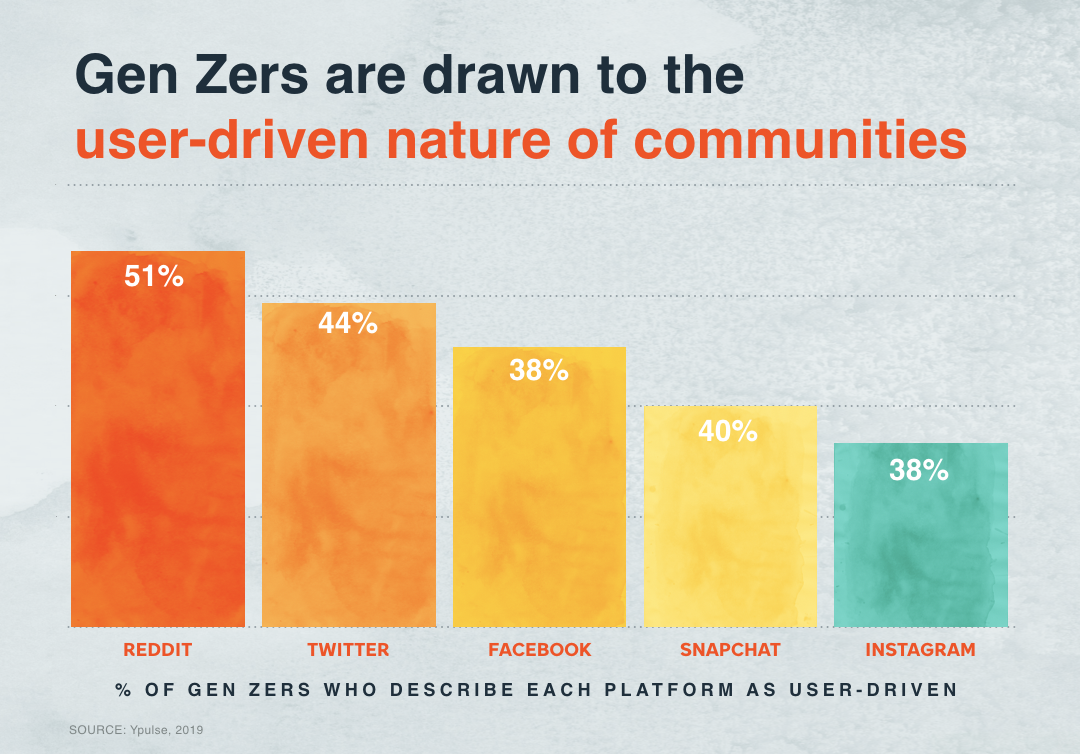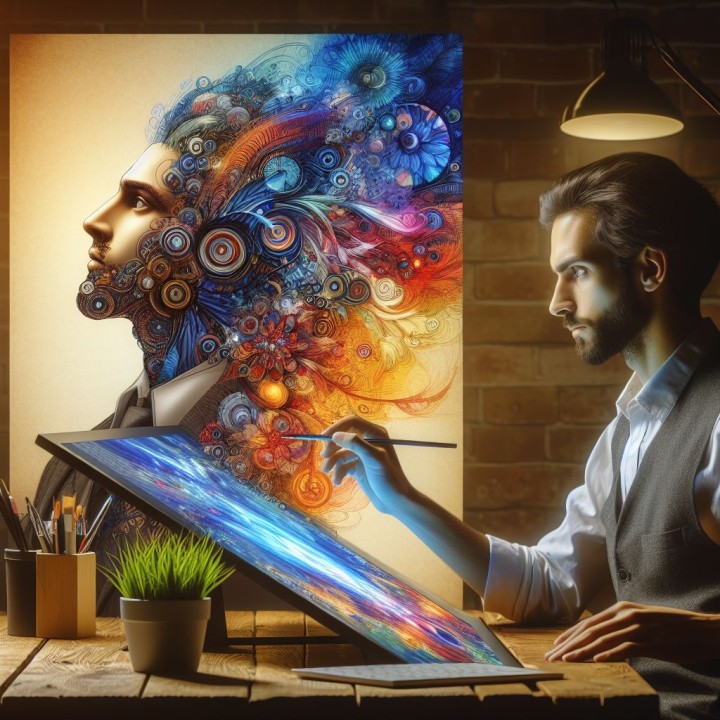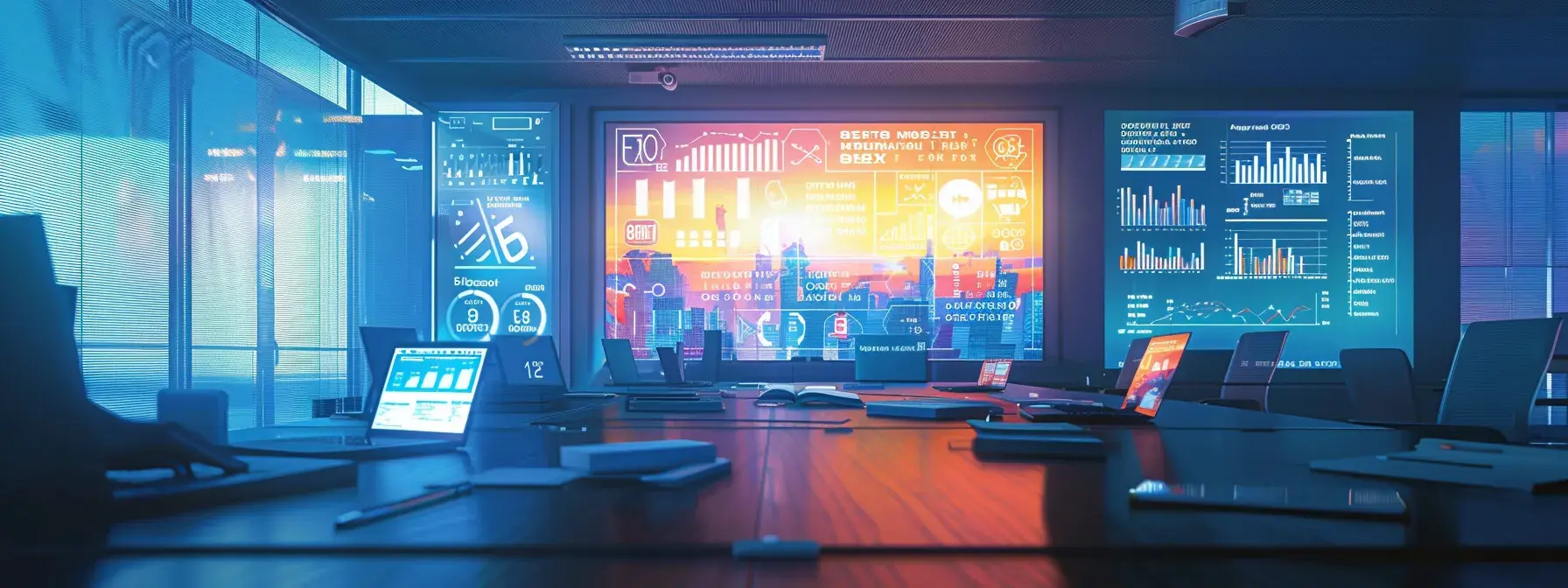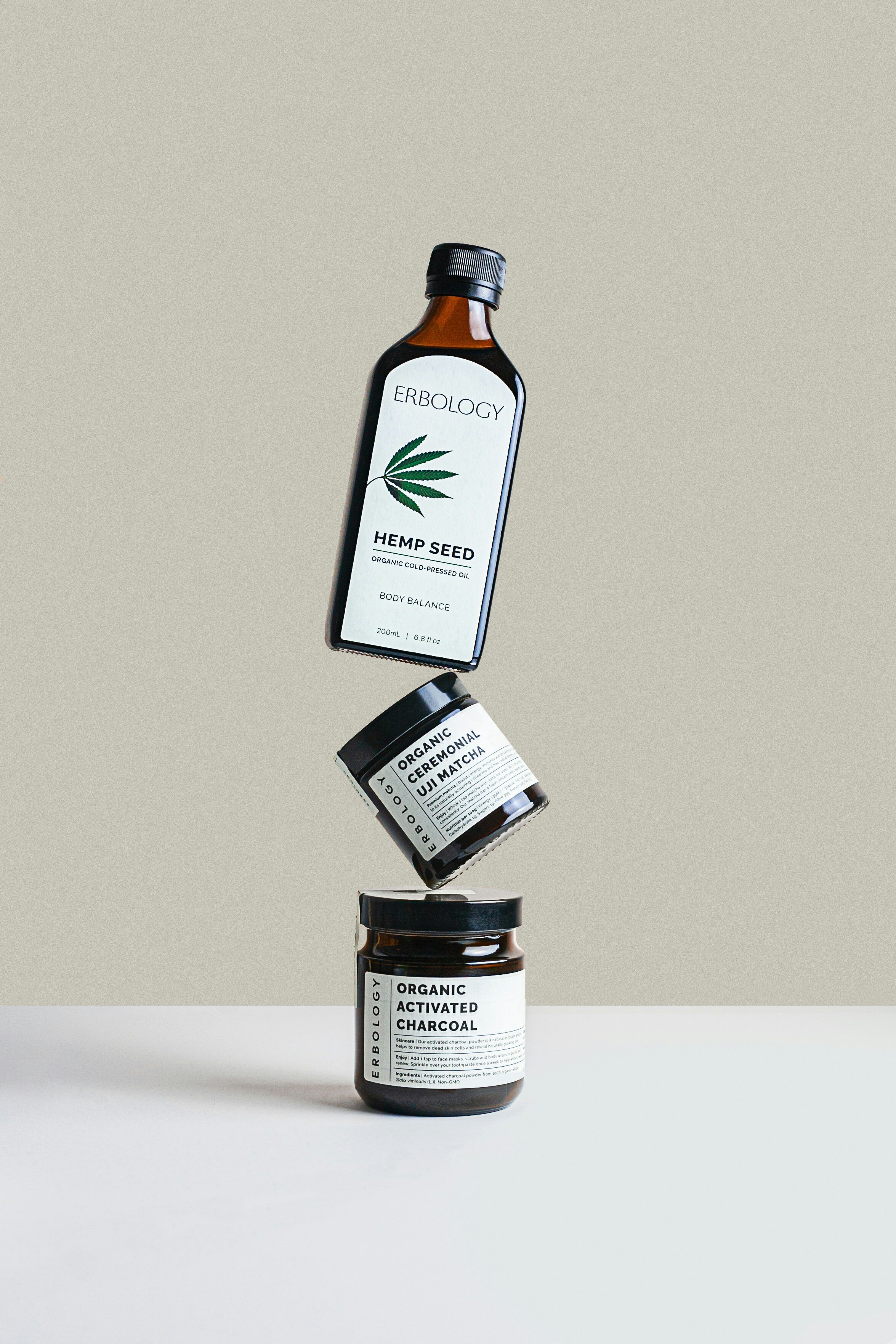Creative marketing is more than just a concept; it’s a critical strategy for building a deep, lasting connection with your audience in today's marketing landscape.
Brands that have mastered the art of creating memorable experiences that resonate with their consumer base will stay relevant in our fractured digital landscape by leveraging entertaining advertising that genuinely engages customers without wasting their time.
Whether we're talking about ad creatives or creative concepts and content, creative marketing efforts remain one of the few levers that marketers can still pull to influence performance.
At Finch, we are partners with Flocksy, a full-service creative agency. Flocksy offers an efficient and streamlined way to produce creative artwork with predictable monthly pricing and high-quality results (we are not only partners with Flocksy; we are happy customers!)
Our team recently chatted with Sam and George Ryan, CEO, and CMO, respectively, of Flocksy, about current trends in the creative advertising space. We are seeing some of the exact trends that they laid out happening right before our very eyes. We've summarized some of our ongoing fascinating discussions about the strong role creative has in the marketing cycle today, now more than ever before.
The Essence of Creative Marketing
The magic of creative marketing lies in its ability to amuse and engage people, making every moment they spend with your brand feel worthwhile.
Consider Wendy’s social media approach, often personified as cheeky and youthful, almost as if their content is managed by an astute 17-year-old intern. This humanized, humorous strategy significantly elevates brand engagement.
Similarly, Saddleback Leather uses customer feedback to refine its products continually, reinforcing customer loyalty through responsiveness and care. As a result, Saddleback has rabidly loyal customers who wait impatiently for each new product to drop and are seemingly nonplussed about price increases.
Leveraging Online Communities for Brand Loyalty

Online communities, especially niche platforms like subreddits, are gold mines for fostering brand evangelists. These platforms offer more than just a space for discussion; they provide a venue where brands can actively engage with their audience, tackle real issues, and foster a genuine dialogue.
Online community engagement is crucial as it builds trust and loyalty, transforming average customers into devoted fans.
The ingenuity of a creative marketing strategy often shows in its adaptability across various media. A creative example is a water company using a painted billboard with strategically placed real-world objects to enhance its visual impact. This type of creative thinking ensures that campaigns are not only innovative but also versatile across different advertising mediums.
Creative Trends: Embracing the Short-Form Video Wave
Short-form video is not just growing; it's fundamentally transforming today's digital landscape. Platforms like Instagram Reels and TikTok are leading this charge, becoming the go-to spaces where people both consume and create content in succinct, compelling packages.
This trend extends beyond individual users: Businesses and marketers are capitalizing on short-form video’s potential to reach and engage their audiences more effectively than ever before.
The importance of producing consistent, engaging content in these formats cannot be overstated—it's a cornerstone of modern digital marketing
33% of marketers plan to invest more in short-form video in 2024 than any other type of social media strategy.
Short-form video thrives on authenticity, often conveyed most effectively through user-generated content (UGC). UGC allows real users to share their experiences and insights, providing a level of authenticity that polished, corporate content often lacks. This shift towards genuine, relatable content is compelling businesses to rethink their approach to creative marketing, focusing less on traditional ads and more on fostering real connections through the experiences of their users.
The role of UGC extends beyond simple content creation; it’s about building a community. When users share their genuine experiences, they contribute to a broader narrative that surrounds a brand, helping shape its identity and foster a community of engaged followers. This isn’t just beneficial for brand awareness—it’s essential for cultivating loyalty and trust among consumers.
In the world of short-form video, perfection is less critical than authenticity. Encouraging businesses to launch content in its beta form allows for real-time feedback and swift iteration, enhancing the relevance and impact of marketing efforts. This focus on genuine engagement over polished presentation is changing the landscape of digital marketing, making it more dynamic and responsive
As we witness the continuing rise of short-form video, the importance of platforms like Flocksy that facilitate the creation of engaging, consistent content cannot be understated. For businesses aiming to remain competitive in today’s fast-paced digital market, embracing short-form video and the tools that support its production is not just wise—it’s essential.
The shift towards more authentic, engaging content is not just shaping current marketing strategies—it's setting the standard for the future. These days, authenticity, rapid adaptation, and user engagement are not just beneficial but necessary for success.
AI as a Creative Enhancer

Source: LinkedIn
AI is not here to usurp the creative throne—rather, it's a set of tools that augment the creative process, particularly within marketing and advertising. While some worry about AI replacing artists and designers, the truth is that AI enhances creativity and originality.
AI, by its very nature, can only manipulate and remix what humans have already created; it cannot originate anything truly novel on its own. This limitation underscores a fundamental truth: the core of original creation remains uniquely human. As AI becomes more embedded in our workflows, it only makes the originality and creativity of human-made content shine brighter.
Using AI tools for generating ideas demonstrates that while AI can kickstart the creative process and help quickly visualize concepts, it still requires a human touch to refine and finalize these ideas into something unique and market-ready. AI is excellent for the ideation phase, offering a springboard from which human creativity must take over to ensure the final product not only exists but resonates deeply on a personal level.
Moreover, while it's important to consider the ethical and philosophical implications of generative AI—such as its reliance on existing creations—the practical benefits in marketing are undeniable. AI's ability to rapidly prototype and test ideas can significantly streamline the creative workflow, yet it's crucial that this is seen as a supplement to, not a replacement for, human creativity.
The creative process benefits immensely from human intervention—to take ideas from their inception to full realization. Though AI can assist in moving from concept to early stages, it lacks the intuitive spark necessary to complete and refine a project. It's vital to integrate human judgment and creativity to ensure that the final output not only functions but also connects and engages on a human level.
In summary, while AI can be a potent tool in the realm of creative marketing, providing capabilities for rapid ideation and prototyping, it does not replace the essential human elements of creativity and intuition. As businesses continue to explore AI's possibilities, they must remember that the most successful strategies will not forsake the human touch but rather use AI to enhance it, ensuring that their marketing efforts are both innovative and genuinely engaging.
AI's Role in Creative Marketing
Discussions over the past months, such as Google's mishaps with their Gemini AI, remind us that AI is not yet at a point where it can fully take over human creativity and problem-solving. AI is incredibly useful, helping streamline and enhance various tasks, but it remains just one tool in a much larger toolbox.
Personal experiences with AI often reveal its limitations—rarely does AI nail something on the first try. It frequently requires several iterations and human adjustments to truly capture the nuances of what was intended. This highlights one of AI's current shortcomings: while it can accelerate the process, it still lacks the depth and intuition required for fully realized creativity.
The future of AI in creative fields looks promising but tempered with realism. As with coding and web design tools that have automated certain tasks but not eliminated the need for skilled professionals, AI in creative endeavors will likely follow a similar path. It can significantly aid the creative process but will not eliminate the need for human creativity and insight.

Moreover, as educational institutions prepare the next generation for a world where AI tools are ubiquitous, it's essential to balance the use of these tools with the development of critical thinking, creativity, and problem-solving skills. AI should be seen as an adjunct to these skills, not a replacement.
AI has the potential to transform creativity and problem-solving, enhancing these processes in ways we're just beginning to explore. However, it will not replace the need for human creativity, intuition, and insight. The future will likely see AI as a collaborator, not a substitute, helping us push the boundaries of what's possible while keeping us firmly rooted in what makes us uniquely human.
Conclusion: The Vitality of Creative Marketing
Ultimately, the ability of creative marketing to build a loyal following is undeniable. Through entertaining and engaging content that strikes a chord with consumers, brands can develop a powerful rapport with their audiences.
The thoughtful integration of AI into this process can catalyze creativity, provided it supplements human ingenuity rather than substitutes it.
As we navigate the evolving landscape of digital marketing, the brands that will stand out will be those that use creative marketing not just to sell, but to connect genuinely and memorably with their audiences.
Get Free Ad Creatives From Finch
Finch, a growth marketing agency that works exclusively with eCommerce brands, understands that 65% of a brand’s advertising sales lift comes from the creative.
For a short time, Finch is offering a free set of ad creatives that you can use to A/B test against your existing ads to achieve the best possible digital ad outcomes.
To get your free set of ad creatives, reach out to Michael Hollenbeck, Finch's Chief Revenue Officer, to set up an appointment so that we can get the information we need to create a compelling set of artwork for you.



.png?width=1920&height=1080&name=FINCH_FLYER_FINAL_26-030%20(1).png)



